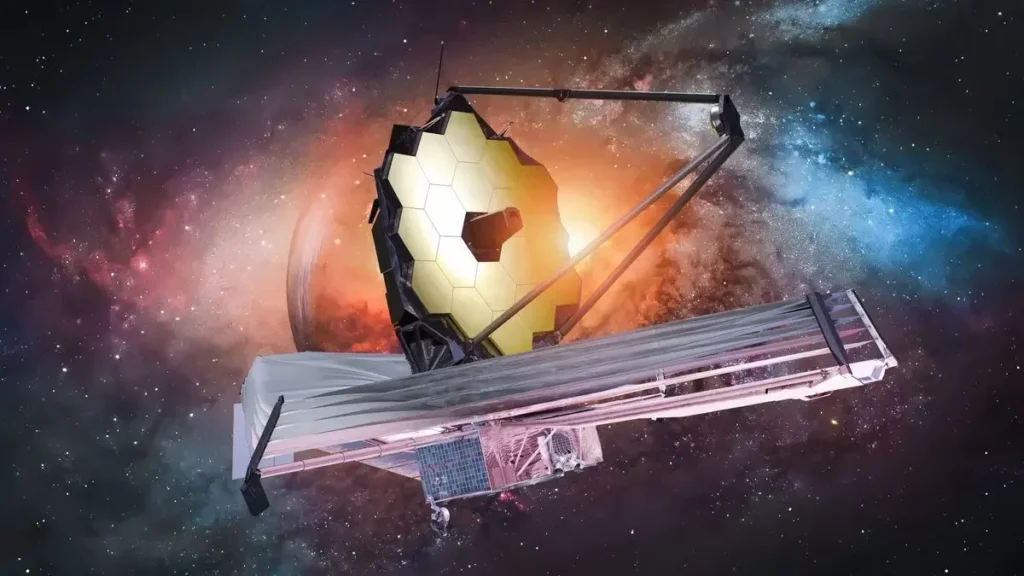The James Webb Space Telescope has detected signs of possible life on K2-18 b, a distant exoplanet 124 light-years away in the constellation Leo. Scientists observed chemical footprints of two gases, dimethyl sulfide (DMS) and dimethyl disulfide (DMDS), in the Planet’s atmosphere.
These gases are only produced by biological organisms on Earth, particularly marine microbes like phytoplankton. Lead researcher Nikku Madhusudhan of the University of Cambridge emphasized caution.
While these findings suggest potential biosignatures, they do not confirm the existence of life. The signals were detected with 99.7% confidence, still short of the scientific standard of 99.9999% (five sigma) needed for a definitive discovery.
K2-18 b is a hycean world, a class of exoplanets believed to have hydrogen-rich atmospheres and warm liquid oceans capable of supporting microbial life. Earlier Webb data revealed methane and carbon dioxide in its atmosphere, making this the first such detection on a potentially habitable planet.
The Planet is 2.6 times Earth’s diameter and 8.6 times its mass. It orbits within the habitable zone of a red dwarf star where temperatures could support liquid water. Researchers believe the detected gases at concentrations thousands of times higher than on Earth can not be explained without some biological process.
Madhusudhan remains cautious yet hopeful about this discovery. “This could be the tipping point, where suddenly the fundamental question of whether we’re alone in the universe is one we’re capable of answering,” he explained. The telescope findings mark a new era in the search for life, but the scientific community urges patience as they work to validate these intriguing results.









